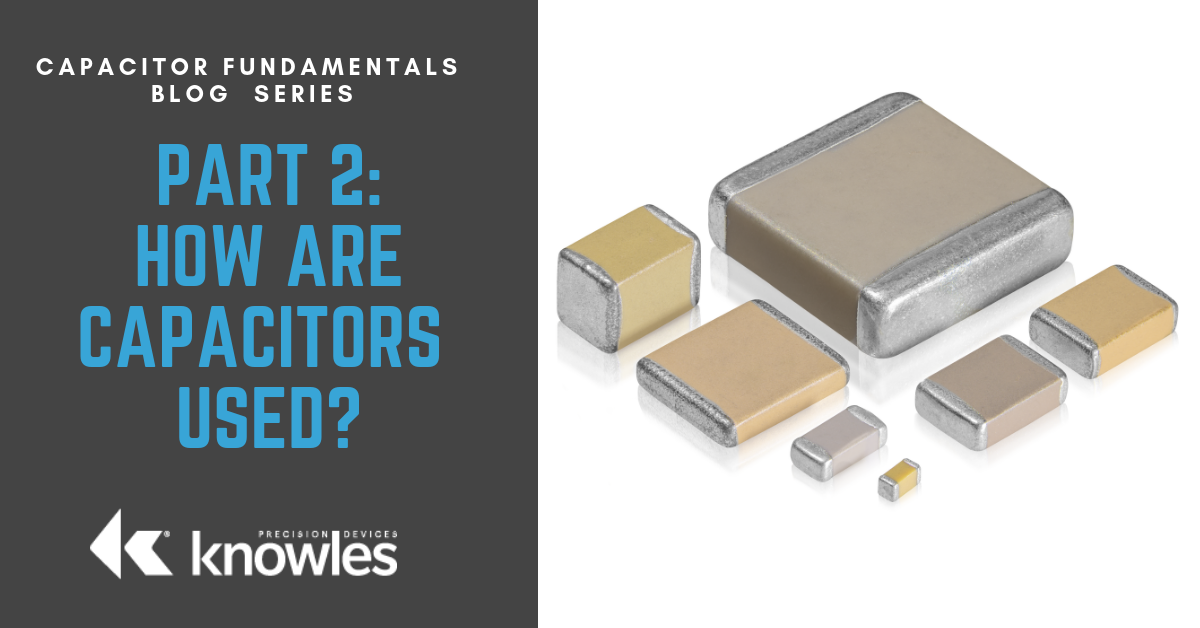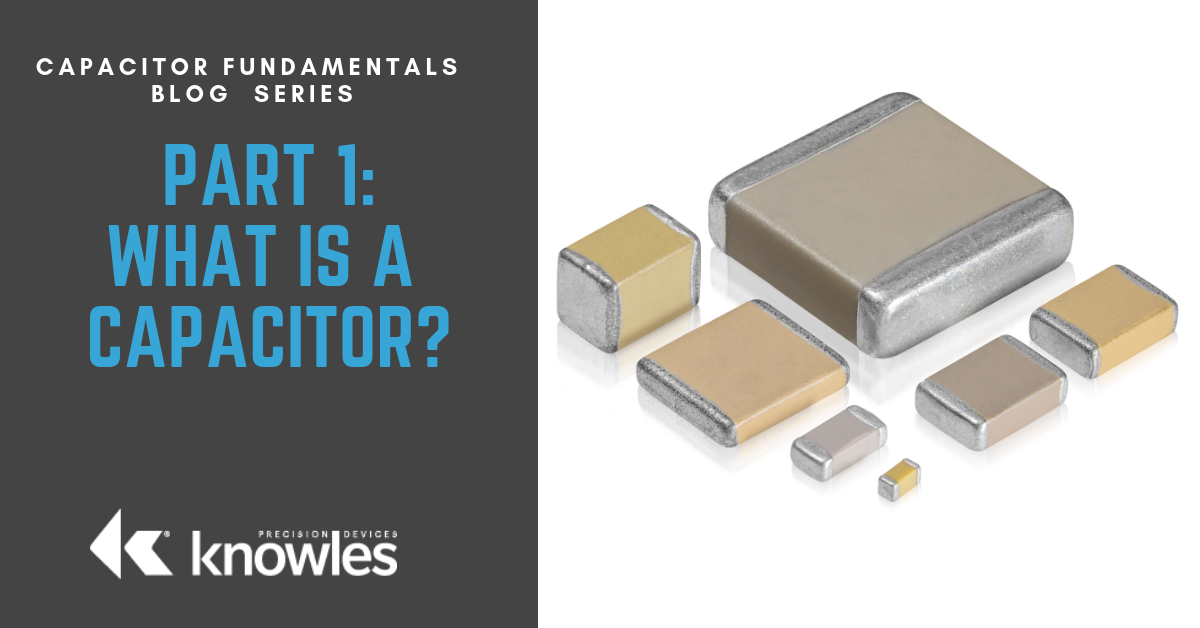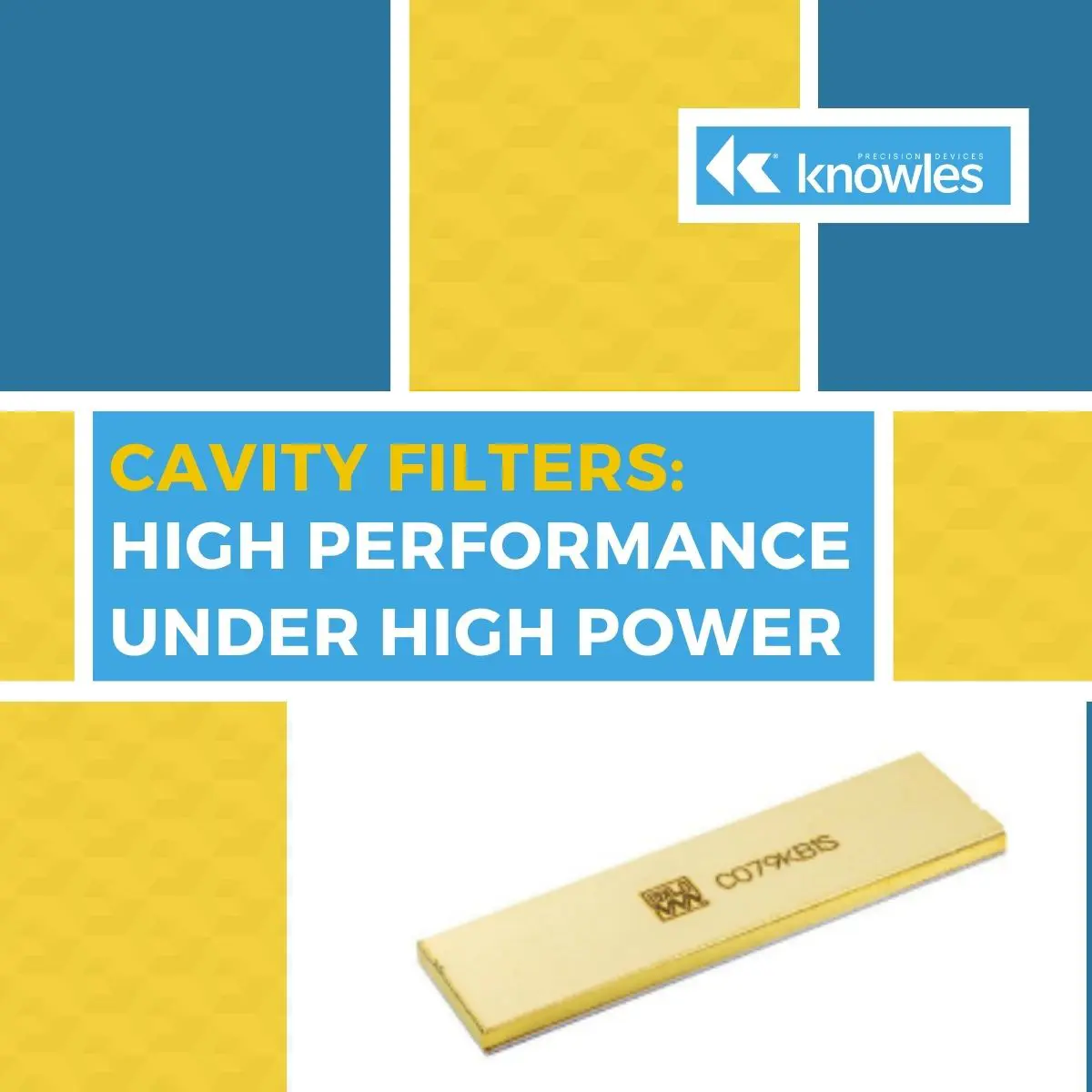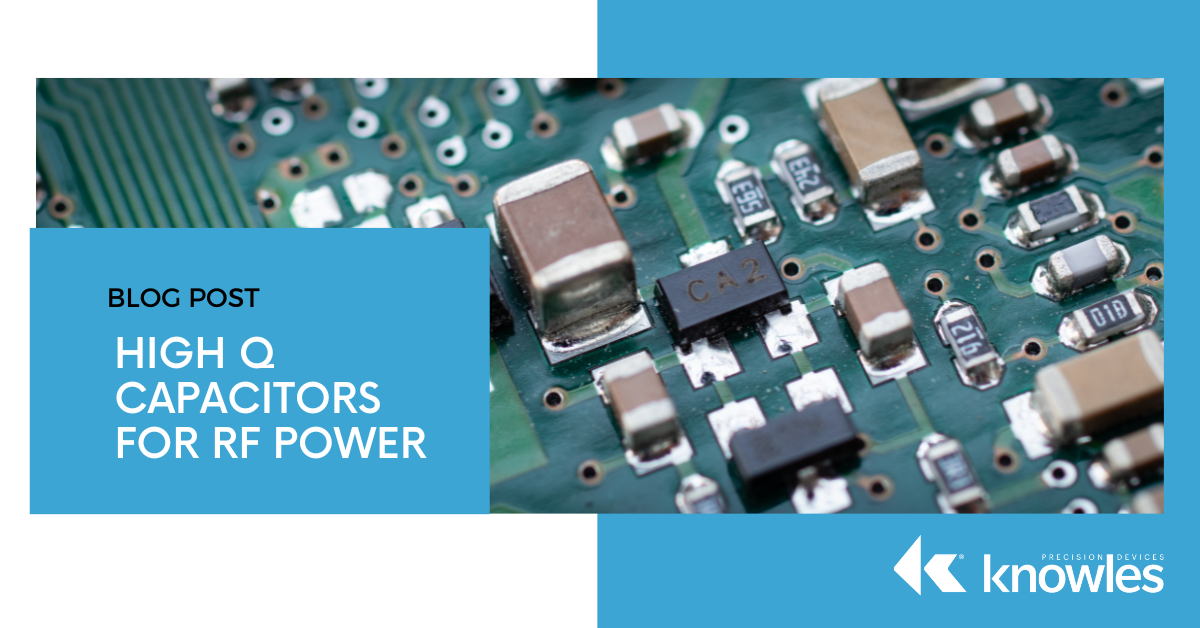Welcome to the Capacitor Fundamentals Series, where we teach you about the ins and outs of chips capacitors – their properties, product classifications, test standards, and common use cases – in order to help you make informed decisions about the right capacitors for your specific applications. After discussing capacitance and how capacitors work in our previous article, let’s talk about how capacitors are most frequently used in electronic circuits.
Capacitor Fundamentals: Part 2 – How are Capacitors Used?
Topics: Capacitor
When developing mission-critical space applications such as low Earth orbit (LEO) satellites or equipment designed for Mars missions, there are special considerations you must make if you will be operating your RF circuits in a vacuum. This is because when pressure in the vacuum is below 10-2 Torr, a potentially catastrophic phenomenon in RF circuits called multipaction is possible.
Topics: RF and Microwave
Welcome to the Capacitor Fundamentals Series, where we teach you about the ins and outs of chips capacitors – their nature and properties, dielectric behavior, product classifications, test and quality standards, and common use cases – in order to help you make informed decisions about the right capacitors for your specific applications. Part 1 discusses the key principles of capacitance and how a basic capacitor works.
Topics: Capacitor
Webinar: Design and Testing Strategies for High Reliability MLCCs
High reliability – this is what the industry demands for some of the world’s most important devices. From implantable devices going into the human body, to space and military devices, these applications are built to last under extreme conditions. To do so, they are made of high-quality components with appropriate additional testing to ensure long-term reliability.
Topics: High Reliability
Resonant Capacitors: Your Key to Building Stable and Reliable Wireless EV Charging Technology
As electric vehicle (EV) adoption for both consumer and commercial purposes rapidly grows, so does the need for a more widespread, and faster, charging infrastructure. While we’ve seen vast improvements in charging technology in the last few years, as additional regulations on combustion vehicles are implemented and reliance on EVs increases, further EV charging innovations are needed. Currently, wireless charging is the newest EV charging technology evolving.
Topics: News and Events, Automotive, Electric Vehicles
Reflecting on 2022 Innovations and Preparing for an Exciting 2023
At the end of each year, I find it energizing to reflect on all the accomplishments of the prior year and to also think about how we will tackle new challenges in the year ahead. Looking back at 2022, I am first and foremost filled with gratitude and pride in our team. Since we remained focused on our commitments to our customers, despite significant market, geopolitical, and COVID-driven turbulence, 2022 was another exciting year of growth for Knowles Precision Devices. And, because we never lost sight of our core values during this time, we are also well prepared to take on new challenges and support the industries that need our specialty components the most in 2023 and beyond.
Topics: News and Events
Top Articles of 2022: Space, MRIs, mmWave, and More
In 2022, our engineering experts worked hard to provide their insights into the latest industry trends and challenges as well as teach the basics of the technology and engineering powering your most important applications. We hope you found our insights valuable and thank you for turning to us to learn about the industry. Here are the top five blog posts of the year.
Topics: News and Events
Back to Basics: Breaking Down the Fundamentals of Filters
To help our customers with filter selection, we generally provide a lot of detailed information on what our various filters can do. However, we thought it also might be really helpful for our customers if we took a step back and covered some background information on how filters do what they do. Regardless of the technology behind the filter, there are several key concepts that all filters share. Therefore, we decided it was time to bring together our top engineers so that we could compile their extensive filtering knowledge into a comprehensive Filter Basics ebook.
Topics: RF and Microwave, Filtering
Cavity Filters: High Performance Under High Power
As discussed in previous blog posts, resonators are the building blocks used to create filters. Recently, we published a blog post that discussed two different types of resonators – coaxial ceramic and dielectric. In this post, we will cover the details of a third type of resonator – the cavity resonator.
Topics: RF and Microwave, Filtering
The generation of RF energy is critical for a wide range of technologies including magnetic resonance imaging (MRI), semiconductor manufacturing, industrial lasers, and wireless charging systems that require high-frequency current and minimal instances of power loss. For example, with an industrial laser, the RF plasma excitation, which is when electrons are broken off an atomic bond and plasma forms, requires RF sources ranging from 1kHz to 40.68MHz depending on the energy required, and a CO2 laser RF power supply that contains a standard source at 13.56MHz, 81MHz, or 125MHz.
Topics: Capacitor, RF and Microwave


.png)







